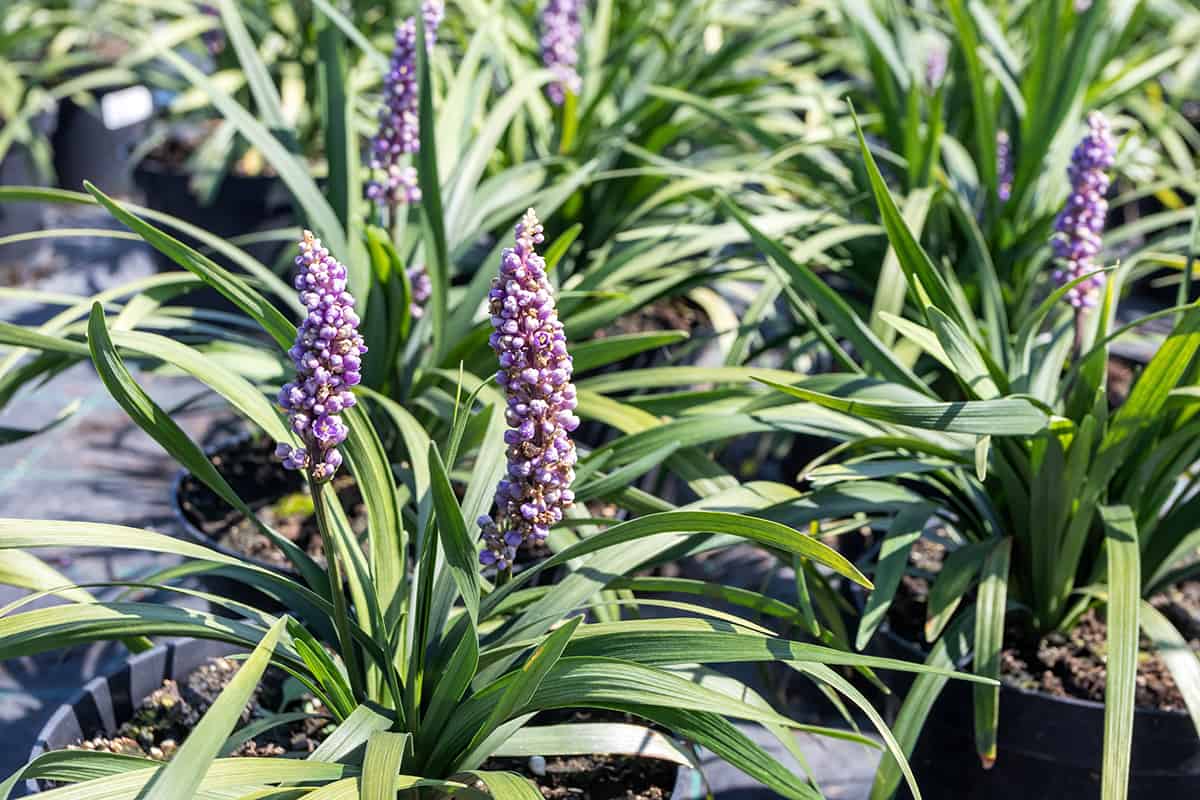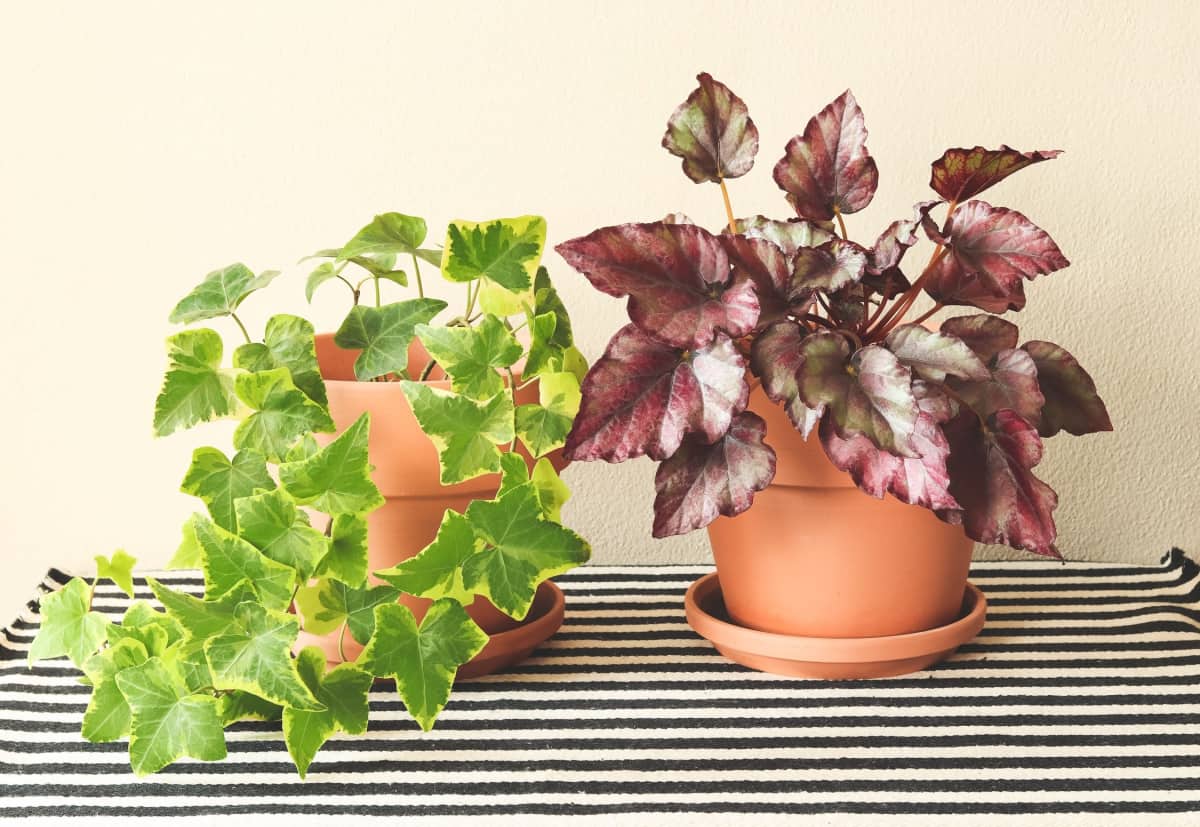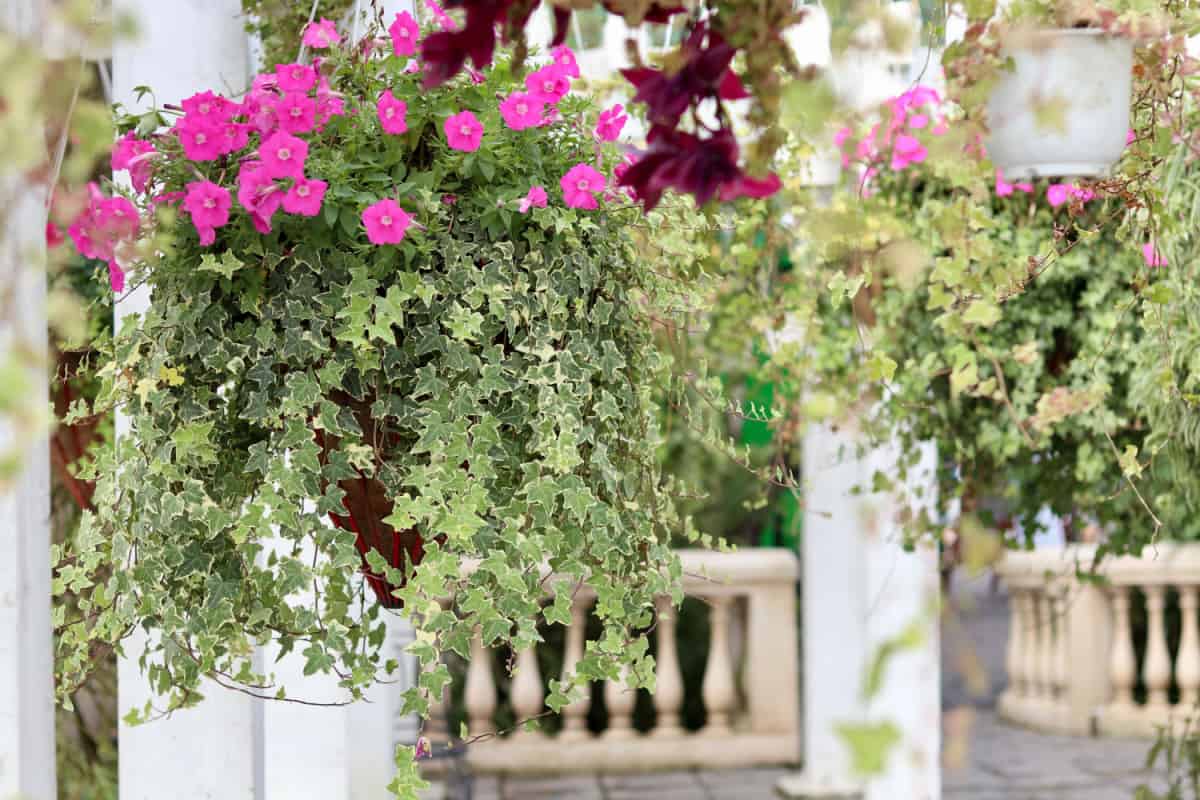Roll up your gardening gloves, dust off your trowels, and get ready for an enlightening green thumb journey, as we dive into the lush, verdant world of English ivy and its loyal band of companion plants!
English ivy, or 'Hedera helix', if we're getting botanical, is no wallflower—it's a fearless climber that can give your garden a classic and evergreen look all year round.
But wait! The Ivy League isn't just for the prestigious universities on the East Coast.
In the horticultural world, English ivy also has its own league of perfect plant partners that coexist beautifully, enhancing each other's charm.
The choice of companion plants for your English ivy can make the difference between a garden that’s as bland as boiled cabbage and one that’s the bee’s knees!
So, whether you're a seasoned gardener or a budding green thumb, join us as we unravel the best botanical buddies for your English ivy.
Let's transform your garden into a verdant wonderland that would make even Mother Nature herself green with envy!
In this article, we'll discuss some of the best companion plants that will complement your English ivy and help you achieve your garden goals.
English Ivy Quick Facts

Did you know? Despite its regal English title, this ivy is as cosmopolitan as they come, growing comfortably from Europe and Western Asia to parts of Northern and Central Africa.
And it's not just a pretty face; these creeping vines have been used throughout history as natural air purifiers and even in traditional medicine!
English ivy is a popular and versatile ground cover that can add texture and interest to your garden.
When considering what to plant with English ivy, it's essential to choose companion plants that can thrive alongside it and create a visually appealing landscape.
Selecting the right companion plants not only improves the overall aesthetic of your garden but can also provide mutual benefits to the plants themselves.
Some pairings can help deter pests, improve soil health, and create a more efficient use of space.
With English ivy as your foundation, there are numerous options to choose from when selecting the perfect plant pairings.
Before diving into the specific plants that pair well with English ivy, it's important to understand the growing conditions and requirements of this hardy ground cover.
English ivy prefers partial to full shade and well-draining soil.
Keeping these factors in mind will ensure that your chosen companion plants will thrive alongside your ivy, creating a beautiful and harmonious garden arrangement.
Top Companion Plants For English Ivy
English ivy has many beautiful and functional companion plants that can enhance your garden.
In this section, we'll discuss some of the top options, including ferns, hostas, liriope, heucheras, and astilbe.
Ferns

Ferns are an excellent choice for pairing with English ivy, as they both enjoy similar growing conditions like shade and moist soil.
These plants can create a lush, green landscape and help to fill in spaces in your garden.
When planting ferns with English ivy, you can consider varieties like the Maidenhair Fern or the Japanese Painted Fern to add interest, texture, and contrast to your garden.
Hostas

Hostas are another wonderful companion plant for English ivy.
Their large, lush leaves can create a stunning contrast with the smaller leaves of English ivy.
Both plants enjoy cool, shaded areas and well-draining soil.
There are many varieties of hostas to choose from, such as the blue hosta, which adds a touch of color to your garden.
Liriope

Liriope, also known as lilyturf or monkey grass, is a versatile ground cover that pairs well with English ivy.
It has grass-like foliage and beautiful, small flowers in the summer.
Liriope is a low-maintenance plant that can help prevent soil erosion and create a lush, green carpet in your garden.
You can choose from different varieties like the evergreen liriope spicata or the variegated liriope muscari.
Heucheras

Heucheras, or coral bells, are an excellent option to add color and texture to your garden when paired with English ivy.
They thrive in partial shade and well-draining soil, similar to their ivy companion.
Heucheras offer a wide range of foliage colors, from vibrant greens to deep purples.
Their delicate bell-shaped flowers also attract pollinators, bringing added benefits to your garden.
Velvet night and lime rickey are two popular heuchera varieties to consider.
Astilbe

Astilbe is a beautiful flowering perennial that works well with English ivy.
Their feathery plumes come in various colors like pink, white, and red, creating a stunning contrast with the lush ivy.
Astilbe prefers moist, well-draining soil and can tolerate shade, making it a perfect match for English ivy.
Some captivating Astilbe varieties include fanal, vision in pink, and bridal veil.
Begonia

With their captivating array of colors, Begonias are a fantastic companion for English ivy.
They offer a striking contrast to the ivy’s cascading green tendrils with their flamboyant flowers and foliage.
What makes these vivacious plants get along like a house on fire with English ivy? It's their shared love for similar growing conditions.
Both plants appreciate a bit of shade, particularly in the warmer months, and well-drained soil that's rich in organic matter.
Interestingly, both begonias and English ivy are known for their indoor air-purifying abilities, a trait that can help cultivate a healthier living environment if you're planning to invite them indoors.
Coleus

The coleus, or 'plectranthus scutellarioides,' if you like your Latin, is another fantastic sidekick for English ivy.
A real showstopper, the coleus sports wildly patterned leaves in shades from rust red to electric lime. Talk about a dynamic duo!
The English ivy’s dark green, glossy leaves create a stunning contrast against the psychedelic explosion of color that the coleus brings to the table.
Not only that, but they also share a love for similar growing conditions – both plants thrive in well-drained, fertile soil and dappled shade.
These two together are like Batman and Robin, turning your garden into a living comic book of vibrant, pulsating colors.
Benefits of Companion Planting
Companion planting, the practice of growing certain plants together to promote their growth and health, can provide your garden with numerous benefits.
When selecting plants that pair well with English ivy, such as astilbe, coral bells, and other ivy varieties, it's essential to understand the specific advantages companion planting offers.
Aesthetics

Companion planting can create a visually pleasing garden, as various plants can complement each other in terms of color, size, and texture.
Choosing a variety of companion plants can provide a blend of colors, leaf shapes, and growth patterns that will make your garden both attractive and interesting.
For instance, combining the dense foliage of English ivy with the vibrant blues of periwinkle or the textured leaves of ajuga can create a captivating spread for your garden.
Pest Reduction
One of the most significant benefits of companion planting is that it can help reduce the number of harmful pests in your garden.
Some plants are known for their ability to repel insects, while others can serve as a lure for beneficial insects and predators.
By selecting the right companion plants for your English ivy, you can create a natural pest control system, reducing the need for harmful pesticides.
For example, plants with strong scents can confuse insects or deter them from your garden vegetables, offering protection to your English ivy and other plants in your garden.
Soil Improvement
Another advantage of companion planting is its ability to improve soil health.
The roots of different plants can bring up nutrients from the soil, making those nutrients available to their neighboring plants.
Some plants have the ability to fix nitrogen into the soil, which is highly beneficial for other plants that require more nitrogen for healthy growth.
Additionally, companion plants can help retain moisture, suppress the growth of unwanted weeds, and prevent soil erosion.
By picking the right companion plants for your English ivy, you can ensure a healthier, nutrient-rich environment for your plants to thrive.
Enhancing Your Garden With English Ivy's Companion Plants
As you head out to the garden to start planting, don't forget to consider the benefits of companion planting with English ivy.
By pairing it with the right plants, you can create a vibrant and thriving garden that will be the envy of the neighborhood.
With these five best companion plants in mind, your garden is sure to be a success.
Happy planting, green thumbs!
Want more information on companion planting? Here are some good reads:
Can Cucumber And Tomato Grow Together? Exploring Companion Planting
Can Cucumber And Cilantro Be Planted Together? A Quick Gardening Guide

Very helpful and interesting article ! I recently moved to a house that has a lot of English Ivy
growing in the yard and was searching for some plants that would complement the ivy !!